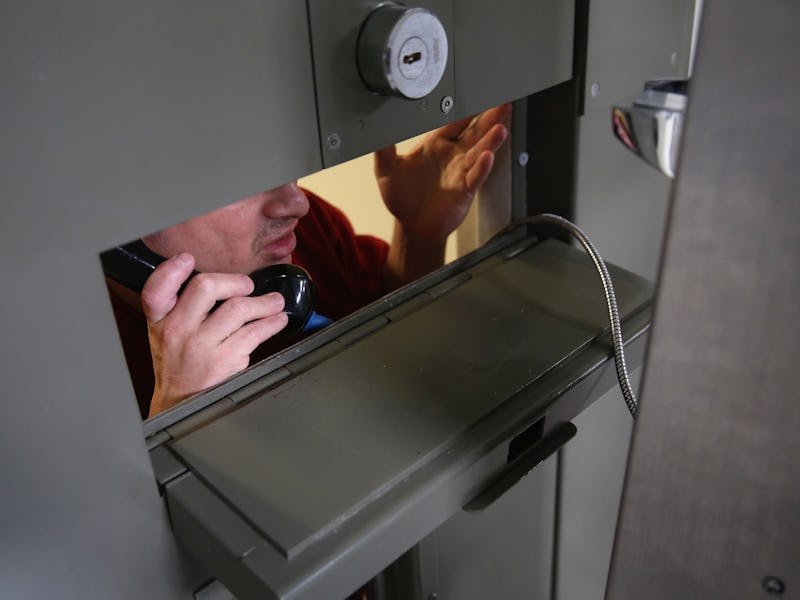California Is Releasing Thousands of Prisoners From Solitary Confinement
A landmark civil case will stem what is in effect legal psychological torture.

It took decades of debate, a hunger strike, and one now-settled class action lawsuit from prisoners claiming that solitary confinement is tantamount to cruel and unusual punishment. Now California is set to stop torturing as many as 2,000 inmates trapped in isolation.
The settlement, announced Tuesday, will have an immediate impact on those prisoners, moving the majority to the general population unless they’ve misconducted themselves in some way. It will also define term limits on solitary for the remaining inmates.
Paul Redd, a plaintiff who spent 33 years in solitary confinement, described its agonizing effects in a videotaped deposition.
“It’s not to the point where you want to commit suicide but sometimes I be at the point where I be going to right to jail and say just give me the death penalty, just give me the death penalty man,” Redd said.
An L.A. Times story reports the cells as bathroom-sized airless concrete boxes with little natural light and no windows. Their only opening is a slot in the door for food delivery, and their fluorescent lights have no off switch. This is where inmates can be kept, separated from any human contact, for decades at a time. The isolated include juvenile inmates, as California is one of the 20 states that hasn’t banned the practice of solitary for underage convicts. A 30,000-person hunger strike in 2013 drew national attention to the practice.
For the nearly 80,000 Americans enduring what’s essentially psychological torture, it can take only 15 days for irreversible effects to begin setting in — drop in the bucket of the average five-year term maximum-security prisoners find themselves serving alone. According to Wired, without external stimulus, people’s brains are rewired to experience hallucinations, mood swings, flatness, loss of impulse control, and extreme anxiety and anger. No shock then that while inmates in solitary make up 5 percent of the prison population, they represent half the suicides.
Now that the suit has been settled, California has a year to review inmate records to make sure the only inmates committed to solitary are those guilty of serious offenses behind bars like murder, extortion, or assault. I find it hard to believe those inmates will be any less of a danger to others after 12 more months alone in a hole.